What is Iberian Chorizo and How is It Used in Cooking?
Fiery red colour and unmistakable aroma of Pimentón: let's find out more about Iberian chorizo, the history of this sausage and its uses in the kitchen.
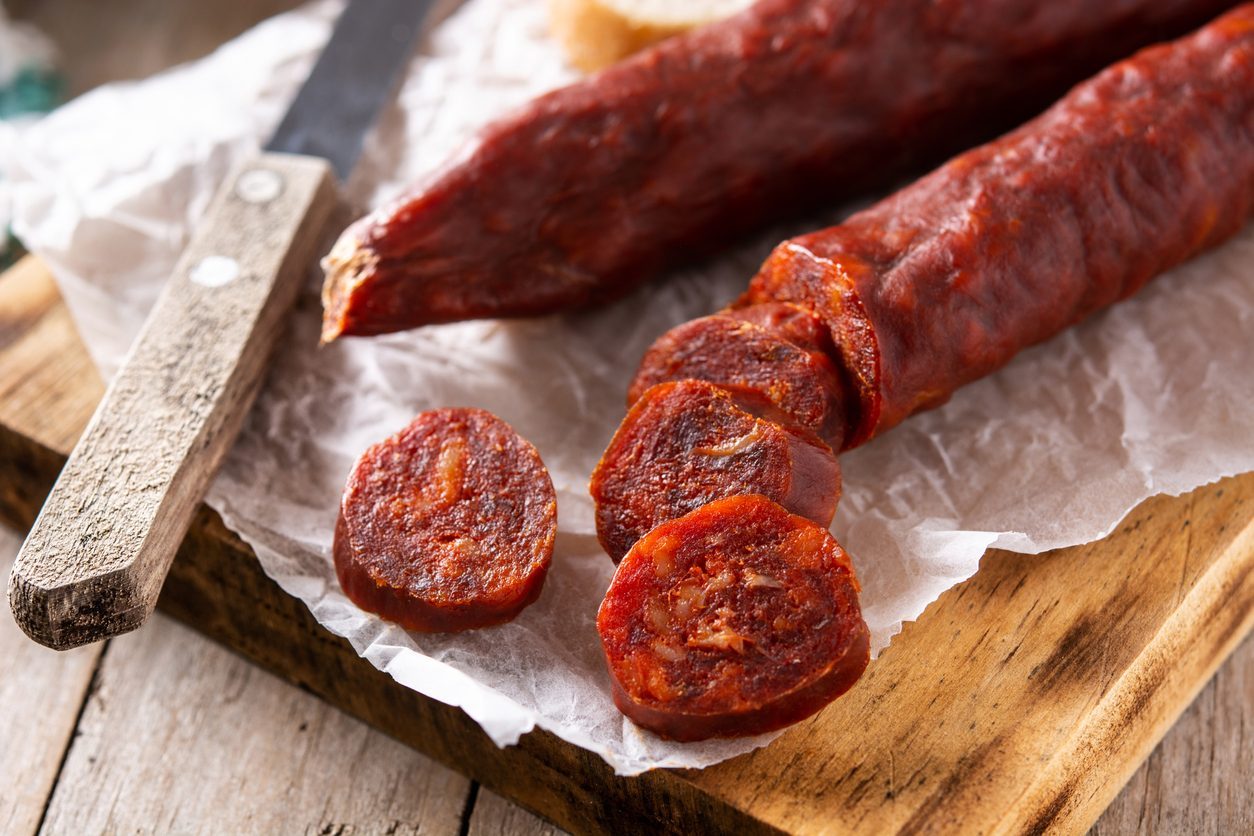;Resize,width=742;)
A symbolic cured meat of the Spanish Portuguese gastronomic tradition, Iberian chorizo is a spiced sausage made from pork. Long and narrow in size and with a characteristic U-shape, Iberian chorizo is easily recognizable by its intense red color given by the use of spices and its unmistakable smoky aftertaste. How is chorizo produced? The pork is left to marinate with salt, garlic and Pimentón (sweet or spicy paprika) and then stuffed into its own casing; depending on the type and processing time, we find different varieties of chorizo, more or less seasoned. We are talking about an ingredient that is as well-known as it is loved in Spanish tradition and cuisine: it cannot be missing during a characteristic "tapas tour", on the tables set for family celebrations or simply in bocadillos, soups and scrambled eggs, practically omnipresent. What does Iberian chorizo owe its fame to? Where to buy it and how to use it in the kitchen? Let's get to know it better.
What is Iberian Chorizo and How to Use it In Cooking
Don't call it "sausage", don't ever try to compare it to other sausages, especially in the presence of a Spanish friend. For the Iberian gastronomic tradition, chorizo is a sort of heritage of humanity, a symbol that intertwines the history of Christopher Columbus – responsible for importing paprika from the Americas – with the birth of Spanish tradition and cuisine. Unmistakable for its U-shape and its bright and intense red color, chorizo is a product of the processing of pork, marinated and then stuffed into its casing.
What distinguishes chorizo from other sausages and cured meats? Without a doubt the presence of pimentòn, the sweet or salted paprika that, through marinating, makes the meats fragrant and incredibly aromatic. On the market we find three types of chorizo: fresh, semi-cured and finally cured.
Fresh chorizo, also known as "longaniza", is consumed only after being cooked, the protagonist of rich paellas based on meat or fish, very often combined with eggs or in stews and soups to which it gives a very fragrant aromatic note. Semi-cured chorizo can be consumed both cooked and raw, has tender and juicy meat at the right point while the most famous remains the cured chorizo, the one that, to be clear, is enjoyed with a knife, simply with bread, perhaps in an aperitif with Andalusian notes.
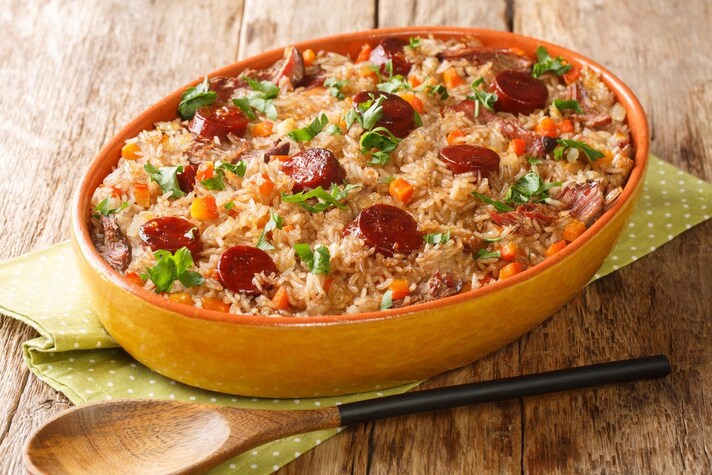
The origins of Iberian chorizo probably date back to the 17th century: since that first time, we can say without a shadow of a doubt that this sausage has come a long way, of which there are variations in almost all the countries of South America: in Argentina it is used as a fresh sausage and cooked on a hot grill; in Bolivia it is traditionally boiled while in Colombia it is served with a side dish of potatoes.
A curiosity. Iberian chorizo is not a "simple" salami but a true concentration of taste, aroma, history and tradition. The highest quality meat, coming from black pigs, is raised only in some areas of the Iberian peninsula, in particular in the northern part of the Extremadura region, the same place where Pimentón Dop is grown : this "double location" gives rise to the name "chorizeros", used to indicate the inhabitants of these regions, known precisely for the production and trade of chorizo.
Where to buy and how to choose chorizo? Given its widespread use, it is easy to find industrially produced varieties in supermarkets, certainly cheap but also particularly rich in preservatives. For the most demanding and attentive consumers, the advice is to try to intercept small local producers and look for products with PGI designation, in particular the chorizo Rojano PGI produced in the La Rioja region or the chorizo de Cantimpalos PGI. The first is an extra category sausage produced from lean pork without nerves, the second, typical of the Castilla y Leon area.
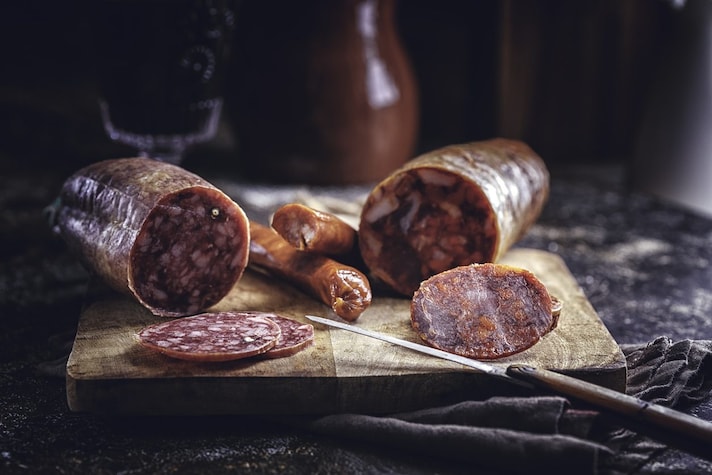
;Resize,width=767;)
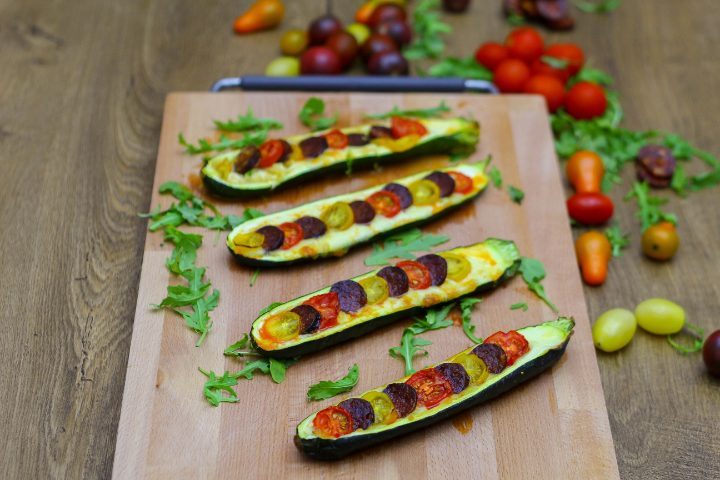;Resize,width=712;)
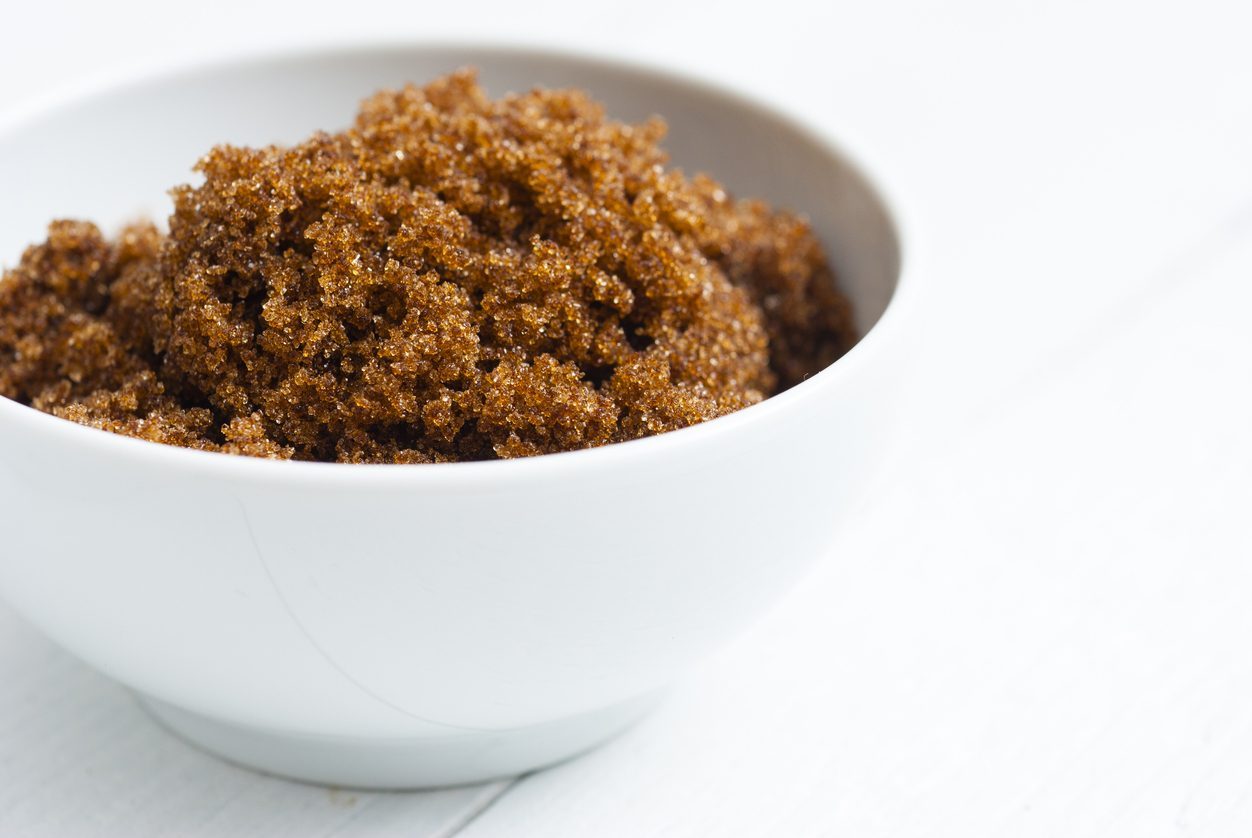;Resize,width=712;)

